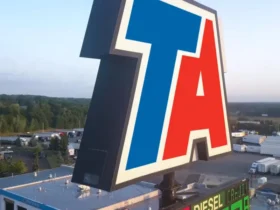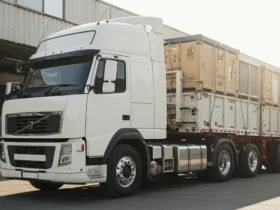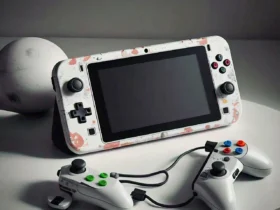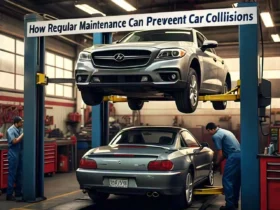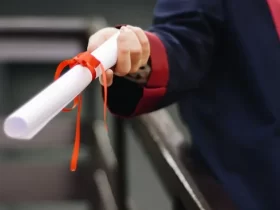A lot of warehouses still use non-automated storage solutions. That said, they are not always the best option. Non-automated storage solutions can interrupt a warehouse’s flow, making retrieving items tedious. While they may be more than a company was planning to spend, automated carousels can make shipping more navigable and help organize the inventory. Here’s everything you need to know about automated carousels.
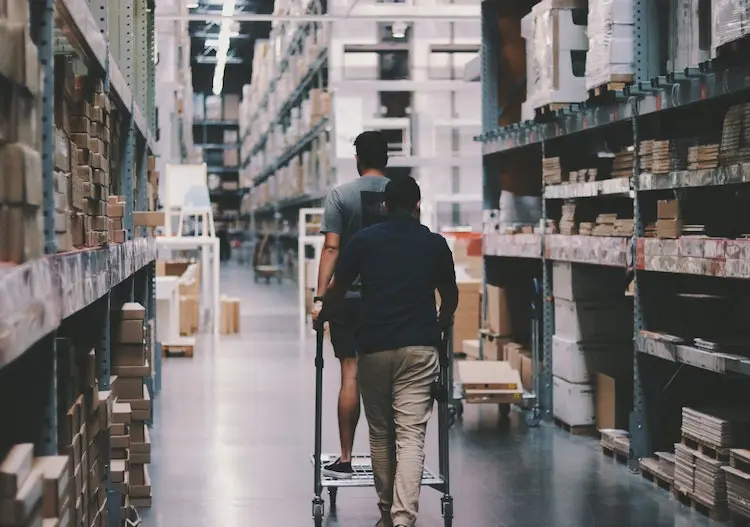
Components
It takes a lot of components to keep carousels running. Just think about all the elements of a non-automated storage solution. Now, add the technology used to run a vertical or horizontal carousel. The essential components include:
- Storage containers for small inventory
- Slide or bar which the racks rotate on
- Method to move the shelves manually
- Automation technology
Uses
Many warehouses install carousels to help maximize their storage space, which makes product retrieval more efficient. However, another use of this technology is to protect products by ensuring they are correctly stored. For example, a warehouse may have a section for art or other types of images. This needs a storage solution that maximizes space, improves flow and efficiency, and protects the photos. Carousels are perfect for this type of situation.
Drawbacks
While they are an excellent option for storing products and automating retrieval, they can also have drawbacks. Depending on the warehouse’s design, they could not logically fit into the space. As a result, they are typically great for maximizing space but have legitimate limitations. Some of the most significant issues are that their placement can make certain items easily forgotten, they can be difficult to access with the wrong layout and they can be expensive and require maintenance.
Best Practices
That said, if a warehouse follows some standard best practices, it can successfully incorporate this solution into its floor plan. The best practices include ensuring employees know how to use it properly, making sure it is appropriately installed, setting up the automation features correctly, testing it by keeping minimal amounts of products on it to start, avoiding overstuffing it, limiting them in your overall storage plan and having a way to operate them if the grid power fails.
Customized Products
Customized products are the way to go for warehouses looking for the best possible outcome. In these situations, a professional will help plan and design the optimal carousel for the warehouse layout. That includes analyzing the building, establishing the necessary carousels, and building the solution.
A warehouse needs solutions to help its flow stay optimized and avoid product problems. In a lot of situations, automated carousels can help. These can protect products and allow machines to retrieve inventory, making work more efficient.
Also Read: Outward RDC – Volumetric Acceptance – RDC Royal Mail


